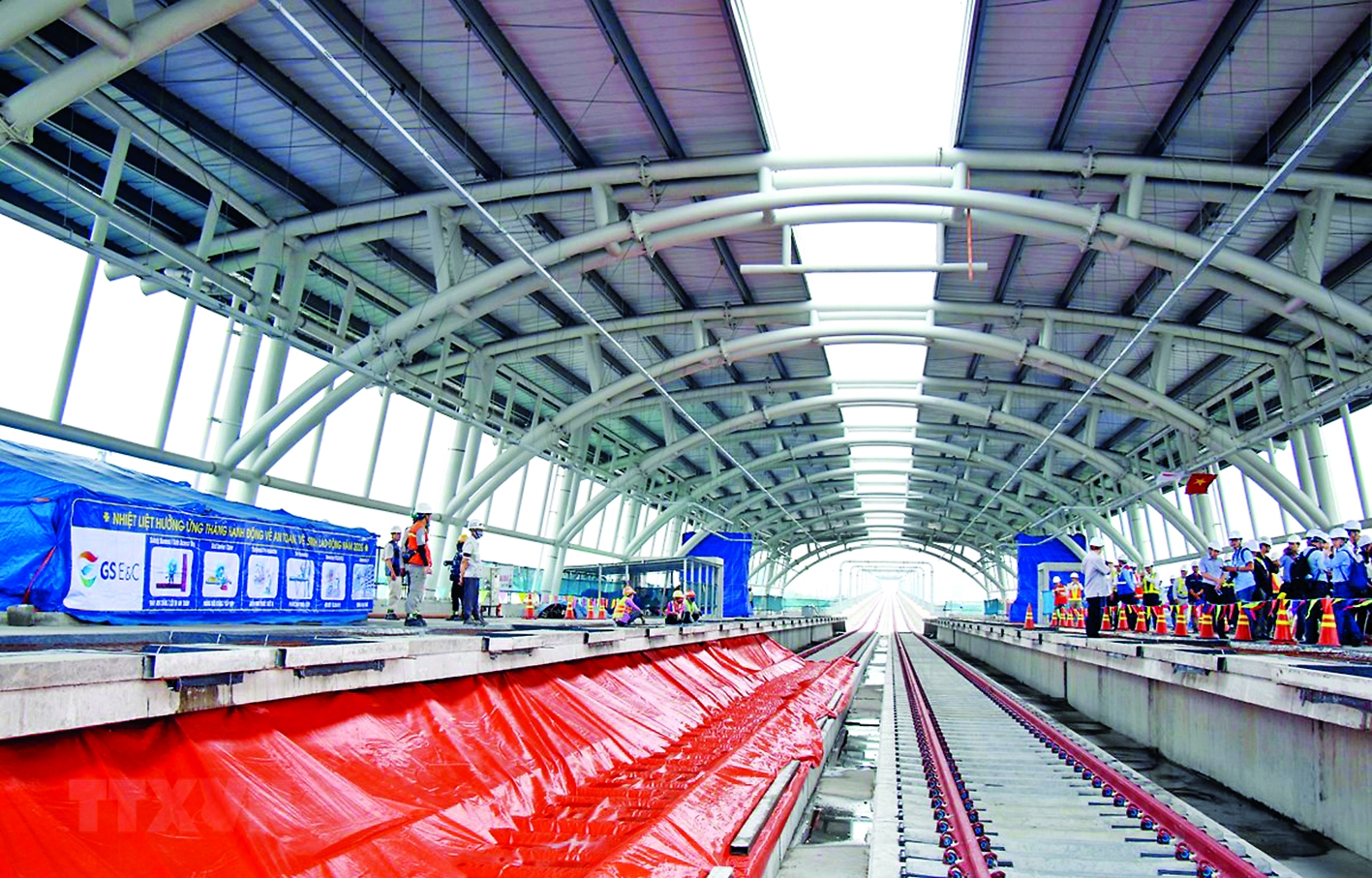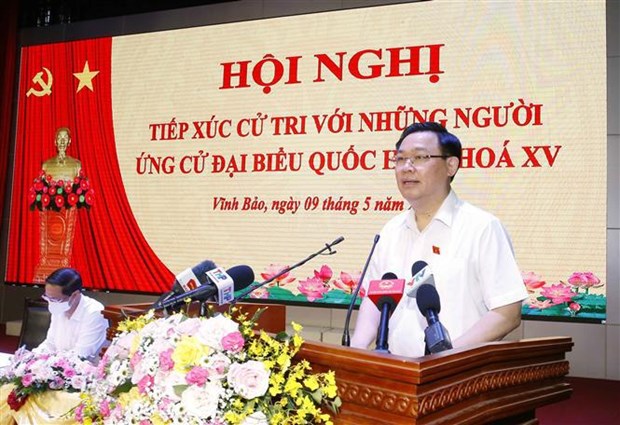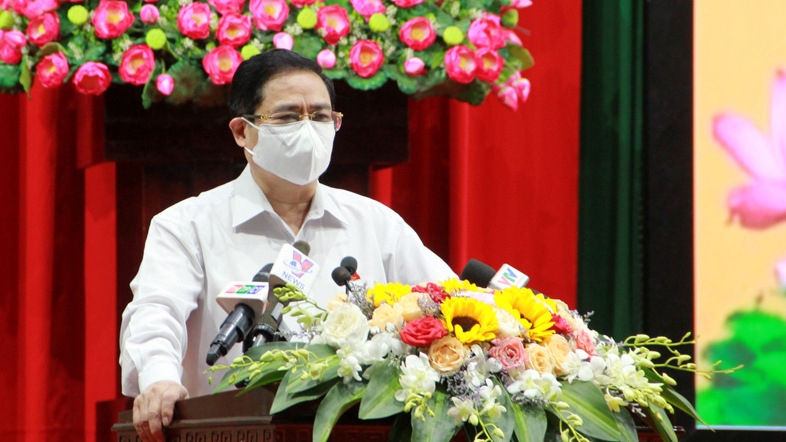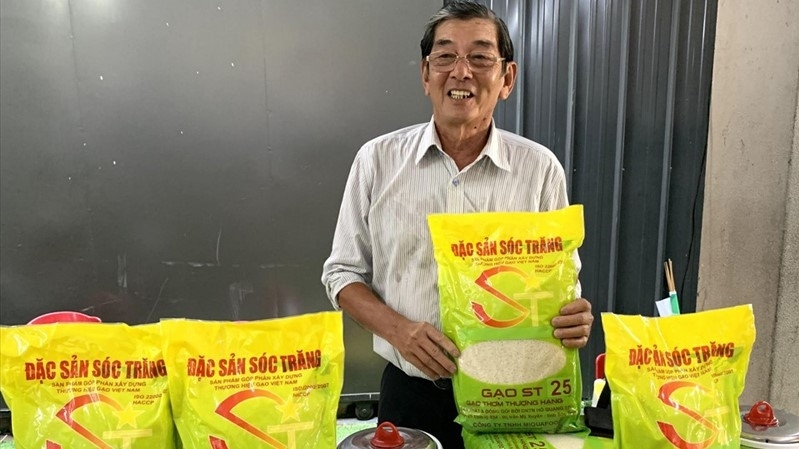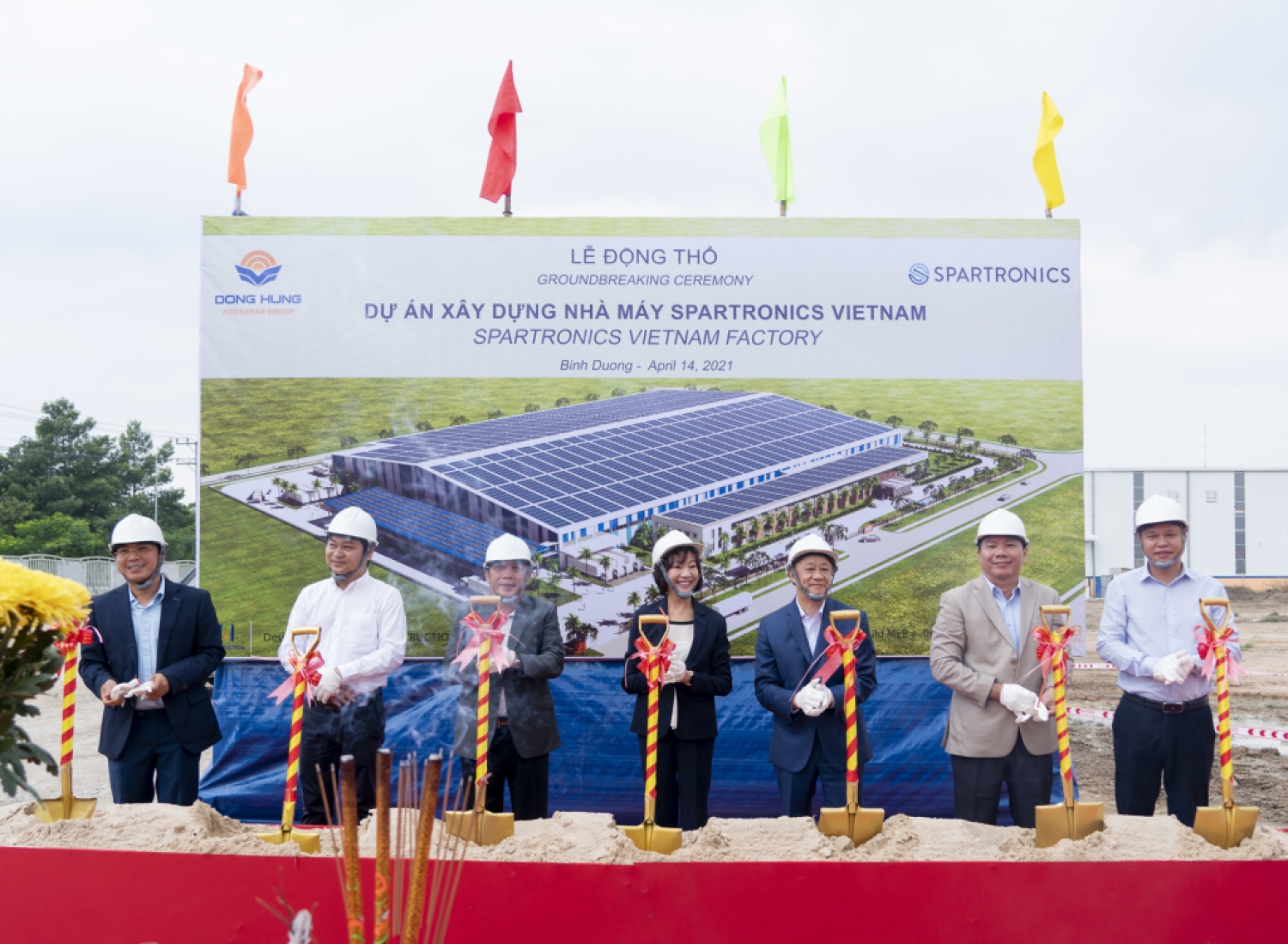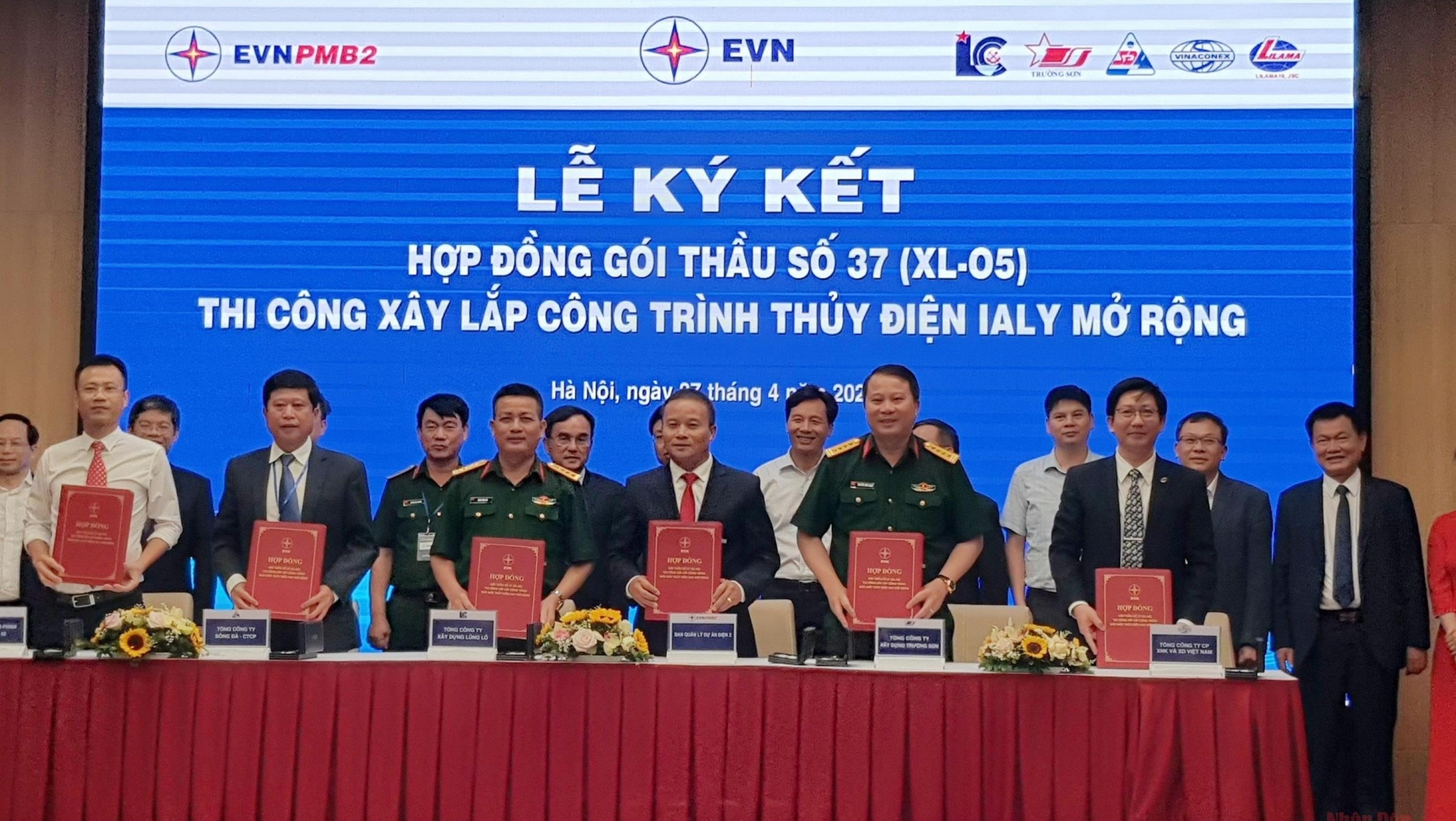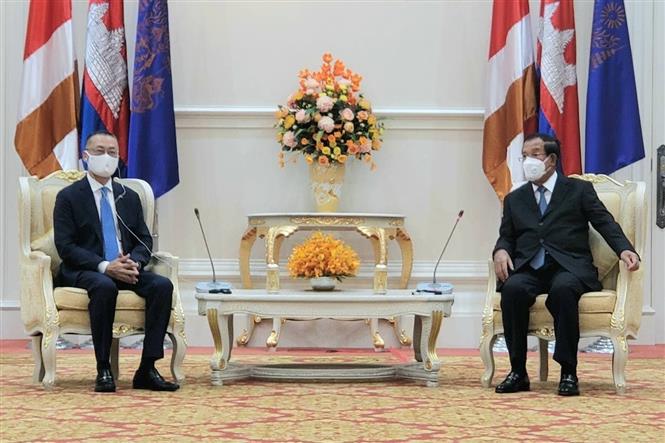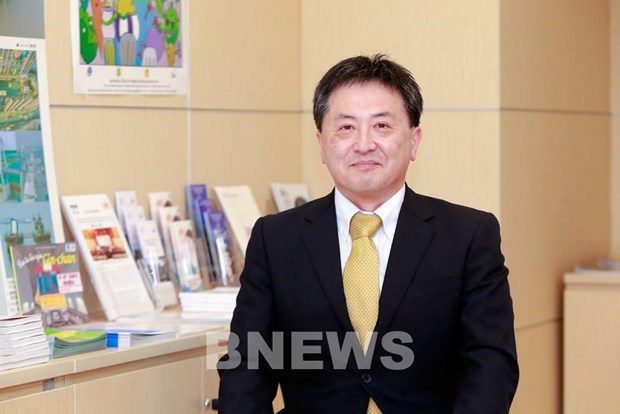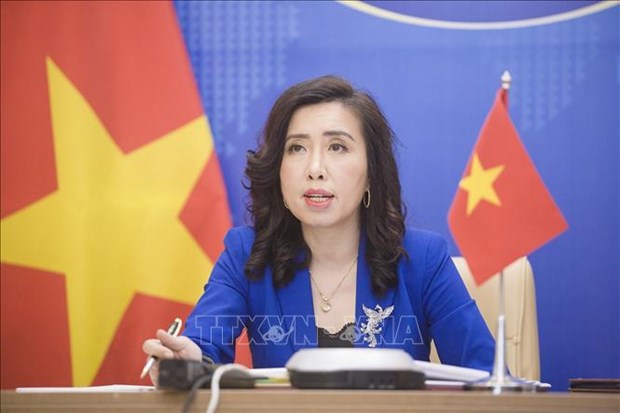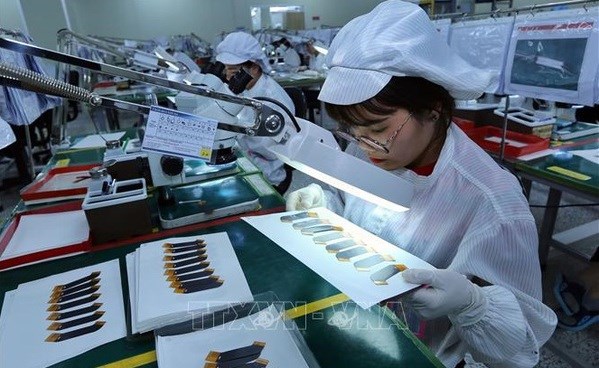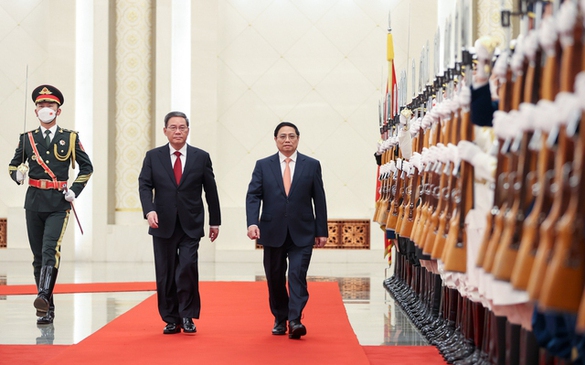Promoting growth associated with macroeconomic stability and inflation control
NDO – The growth target for 2021 of 6.5% is no small challenge for the Vietnamese economy as growth drivers for the new period still need time to be clearly defined, while the main ones such as exports, consumption, private investment and foreign direct investment (FDI) continue to be affected by the Covid-19 pandemic globally.
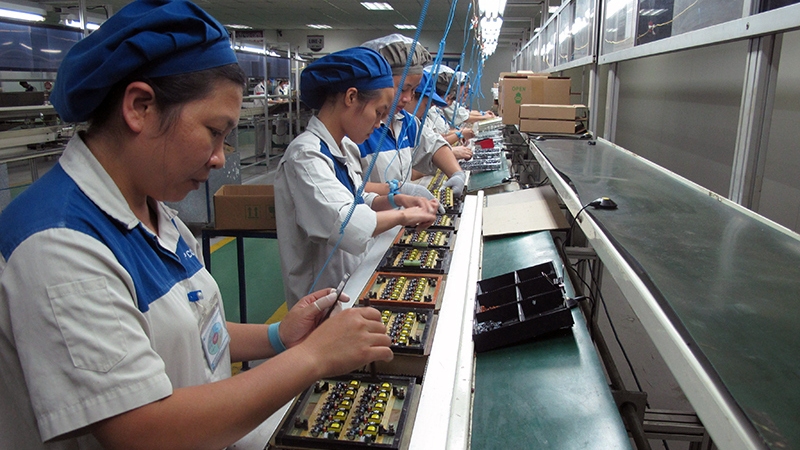
Impressive figures
In the first four months of the year, Vietnam's economy continued to show positive signs of recovery. According to the General Statistics Office (GSO), the index of industrial production (IIP) increased by 10% over the same period in 2020, returning to double-digit growth rate for the first time since the outbreak of the COVID-19 pandemic, of which the main contributor was the manufacturing and processing industry a rate of 12.7%. The number of newly established enterprises increased by 17.5% over the same period last year, the highest increase since 2017; total registered capital increased by 41% and registered workers increased by 7.8%.
The GSO representative emphasised that these figures show that thanks to the successful implementation of the “dual goals” of preventing and combating COVID-19 while boosting socio-economic development, the confidence of the business community in the socio-economic development plan of the Party and the Government for 2021-2025 has increased. These are positive signals about the prospect of further business development in the coming time.
Disbursement of public investment has also been accelerated and reached its highest level since 2017. Specifically, the disbursement of public investment in the first four months of the year reached VND98.7 trillion, equaling 21.5% of the yearly plan and up 16.3% over the same period last year. Total retail sales of goods and services will increase by 10% while the same period in 2020 saw a decrease of 2.8%. Export activities continued to be the highlight of the economy with a trade balance of US$1.29 billion.
The main highlights in the economic picture for the first four months of the year were underlined by the Ministry of Planning and Investment (MPI) in the report: macroeconomic indicators are stable; the major balances of the economy are still ensured and the average CPI in the four months increased by 0.89% over the same period the last year, its lowest level since 2016.
Progress in budget collection was positive, reaching 40.5% of the estimate, up 7.3% over the same period last year. The money and credit market was stable. Lending interest rates were reduced. Credit for the whole economy recovered quickly, increasing by 3.61% over the end of 2020 and much higher than the same period last year. Many credit institutions raised their credit growth forecasts, reflecting the positive expectation of economic recovery.
International organisations continue to record positive assessments on Vietnam's economic growth prospects in 2021.
The Asian Development Outlook report released by the Asian Development Bank (ADB) has raised its forecast for Vietnam's growth to 6.7% in 2021 and 7% in 2022, respectively, with inflation at 3.8 percent this year and 4.0 percent in 2022.
Previously, the International Monetary Fund (IMF) has forecasted that Vietnam could achieve a growth rate of 6.5% this year thanks to its solid foundation as well as the government's aggressive economic and healthcare measures.
The World Bank (WB) has recognised that domestic production and business activities have gradually recovered, and fiscal policy has turned to a more neutral position. The recovery process is strong, but still uneven.
Suggestions for executive work
In the context that Vietnam is once again seeing cases of community infection, potentially risking Covid-19 outbreak surges again, the Ministry of Planning and Investment (MPI) has said that the implementation of the “dual goals” of preventing and combating COVID-19 while boosting socio-economic development is still a very difficult task.
In order to continue economic recovery and promote growth, the MPI proposed the Government focus on a number of executive solutions from now until the end of the year.
Specifically, on the direction of macroeconomic management, it is necessary to continue to implement an appropriate and open fiscal and monetary policy to maintain recovery momentum and promote economic growth, associated with macroeconomic stability and inflation control. Meanwhile, it is necessary to perform well the tasks of preventing and fighting against the Covid-19 epidemic.
In regard to the focus on improving the business environment, the MPI will take the lead to institutionalize a number of models and creative ways of localities supporting enterprises, andsimproving the business environment For the task of promoting the disbursement of investment capital, the MPI proposed the establishment of a working group to promote the disbursement of public investment capital in each ministry, central and local agency; assess and plan the disbursement of foreign capital in 2021 in accordance with the reality, and promptly propose solutions. It is necessary for ministries, branches and localities to drastically implement measures to promote foreign capital disbursement, take comprehensive responsibility for the disbursement progress, the efficiency of foreign capital implementation, and avoid capital returns as in previous years.
It is necessary to closely monitor price movements, market supply and demand, especially raw materials, production inputs such as steel, cement and animal feed, to assess the impact on the economy and public investment; It is necessary to promptly prevent speculation and price increases to control inflation and limit any negative impacts on the domestic market. It is necessary to study and develop mechanisms to adjust electricity selling prices to suit the needs of use at times, to avoid reduction and waste of electricity.
Regarding the labor market, the MPI proposes the Government assign the Ministry of Labour, War Invalids and Social Affairs to urgently study and implement policies and solutions to support workers facing difficulties due to the influence of disease. It is necessary to strengthen the connection between supply and demand in the labor market, and support activities finding jobs for employees.

